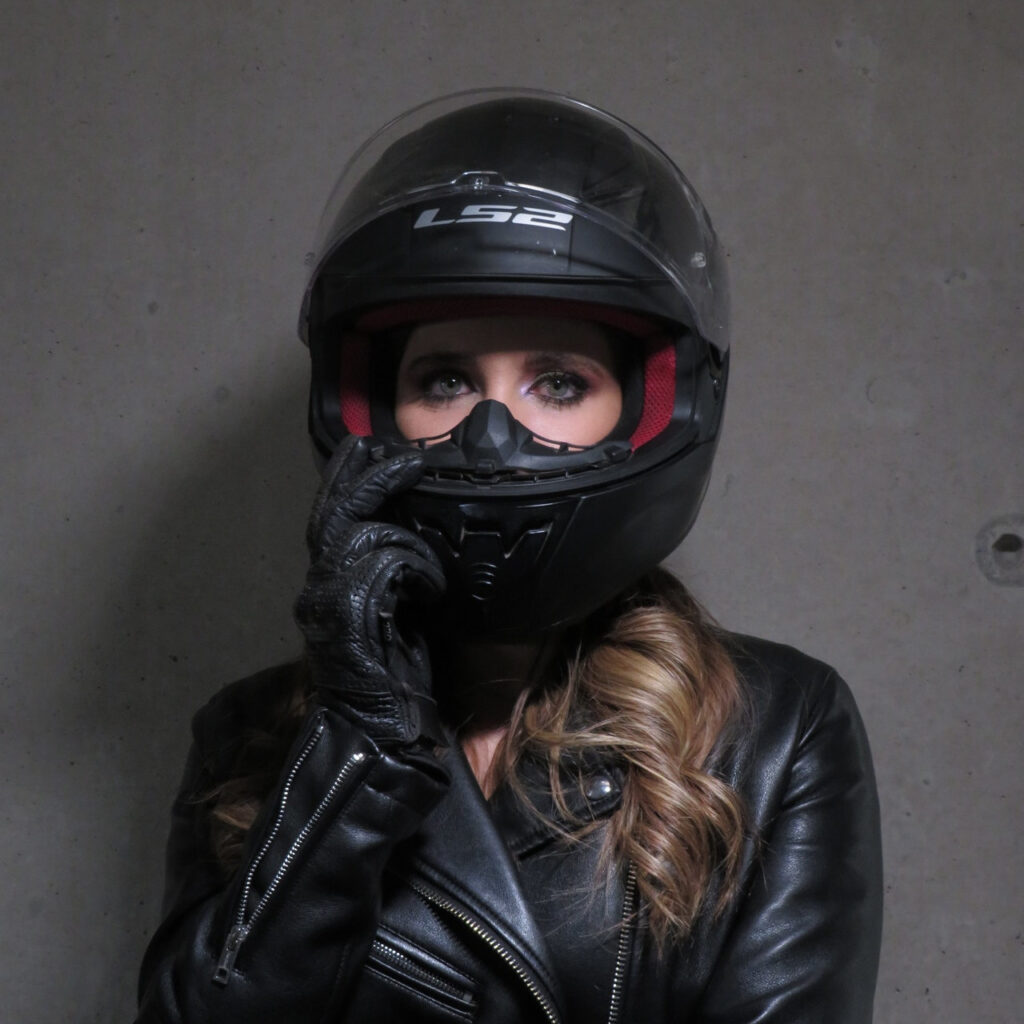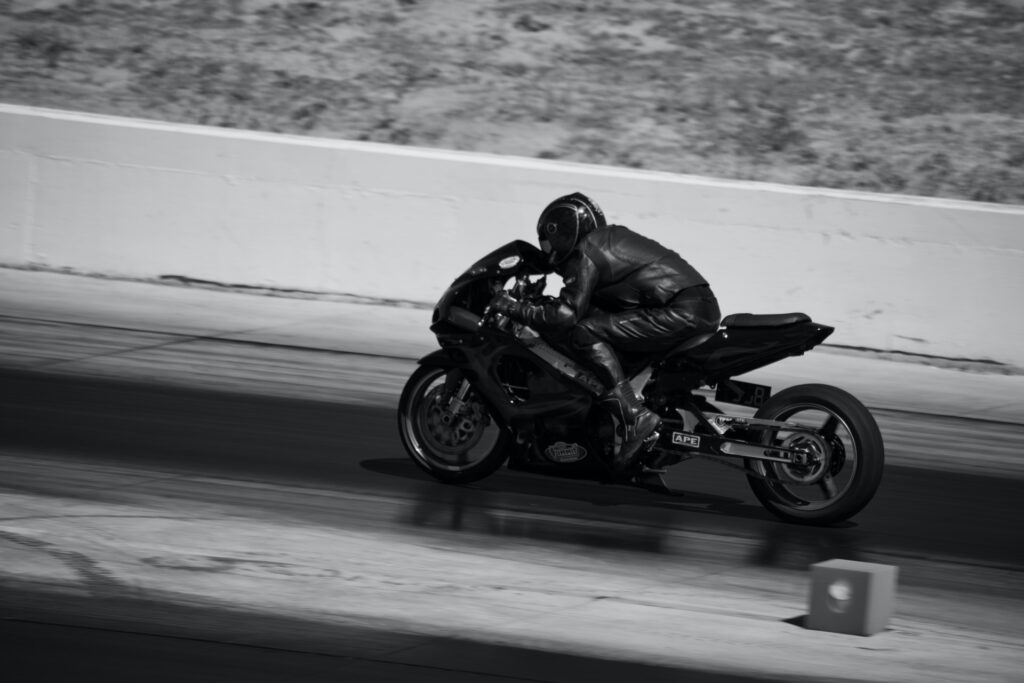Learning to ride a motorcycle is tough, no two ways about it: Working a throttle, clutch, and two separate brakes requires heroic levels of coordination when you’re first starting out, and you’ve got hours of practice ahead of you if you want to master it all. Combine that challenge with the stress of doing it all in fast moving traffic and yea… You’ve got your work cut out for you.
Don’t get discouraged though: Once you’ve put your time in, a lifetime of two wheeled adventures awaits. Few things on this planet are as fun and exciting as exploring the world on two wheels, and that’s why we decided to address some of the most common obstacles and concerns that new riders face when first starting out.
1. "My Mom Says Riding Motorcycles Is Dangerous"

Well… She’s right. Make no mistake about it, motorcycles can be dangerous, especially in the hands of a new rider. Knowing the risks is the first part of the battle, and anyone that tells you otherwise is kidding themselves.
It all comes down to risk versus reward, and for countless thousands of people, the reward we get from riding far outweighs the real-world risks of the hobby. With that being said, the second part of this equation is always being smart about minimizing any risks you can.
Managing risk starts with the essentials: Always wear your helmet and other safety gear when you ride, obey the rules of the road, and don’t ride outside of your comfort zone. As you log more and more time in the saddle, your comfort zone will naturally grow, and before long safe riding habits will just become second nature
2. "More Deaths Come From Accidents Involving Motorcycles"
Once again, this is a valid point. According to the National Highway Traffic Safety Administration (NHTSA), motorcyclists are 29 times more likely to die in an accident than passengers in a motor vehicle. Again, on the one hand this is simply a reality that comes with the territory, but again, there are things you can do to even the odds.
For starters, roughly 50% of fatal motorcycle accidents involve alcohol in some way. This should go without saying, but if you’re concerned about your safety, just know that alcohol and motorcycles don’t mix regardless of where and how you ride. NHTSA also reports that the majority of motorcycle fatalities also involve riders who aren’t wearing a helmet of any kind. Again, you can drastically lower your risk for injuries or worse by simply throwing on a helmet every time you ride, preferably one that is (a) full faced and (b) DOT, ESE, Snell, or FIM certified.
3. "It's Other Drivers I'm Worried About"

Unlike helmets, safety gear, and safe riding habits, there’s one glaring factor out on the road that we as motorcyclists can’t control: Other drivers and riders.
Out on the road, you’ll see all kinds of disturbingly unsafe behavior: Texting and driving, eating behind the wheel, putting on makeup… Sometimes all three at the same time. Unless you only plan to ride on closed courses, this is just an unfortunate truth of the two-wheeled life.
The best thing you can do to reduce this risk is simply assume every driver out on the road doesn’t see you, and isn’t paying attention. Give yourself as much space as possible, steer clear of drivers who obviously aren’t watching the road, and use every light, signal, and gesture you have in your arsenal to make sure you’re seen and heard.
4. "I Don't Feel Ready To Ride The Open Road"
Another common barrier we hear beginning riders running into is that they just don’t feel prepared to start riding on the street. The good news is, this is a perfectly normal sentiment, and the fix is a simple one: Keep practicing.
Whether your fear is other cars in traffic, riding at highway speeds, low-speed parking lot maneuvers, or the dreaded traffic light on a steep hill, practice makes perfect. Don’t get us wrong, at some point you’ll just have to get out there and do it, but it’s important to take things at your own pace.
The best thing you can do if you’re not feeling comfortable with certain situations on public roads is to recreate them in controlled environments. Find a good place to practice, and don’t be afraid to get creative: A big empty parking lot is the perfect place to drill the fundamentals like low-speed turnarounds, emergency braking, and (within reason) riding the bike at cruising speeds. If it’s starting and stopping on hills you’re worried about, find a nice steep one on a quiet residential street and practice there.
This “big open lot” approach is essentially the very same used by the folks at the Motorcycle Safety Foundation (MSF), who have trained countless thousands of riders how to safely maneuver a motorcycle on public roads starting in a parking lot. An MSF course is great place to start your motorcycle journey, so if you’re looking for a time-tested approach to getting your motorcycle license, make sure to check out their site for a training program in your area.
5. "I Can't Find Time To Train Often Enough"
Ultimately learning to ride well is all about putting your time in. Unfortunately one of the largest obstacles for new riders is finding the time to work on essential skills, and sticking with a regular schedule.
You might have a great session one week, get super comfortable with shifting, braking, and cornering, but then go another month before you get a chance to practice again. Suddenly when you get back on the bike, it’s like you’ve gone back to square one: You’re nervous, jittery, and second guessing yourself before you’ve even thumbed the ignition.
There’s no universal advice we can offer here, but we generally recommend setting a time and date at least once a week to get a few hours of practice when first starting out. Consider making Saturday or Sunday your dedicated riding day, and working in as much flexibility as possible to allow for weather and that busy social calendar of yours
6. Riding Beyond Your Limits

We’d like to go out on an important note here and address the obstacle of riding beyond your limits. Look, we get it: Everyone wants to go out and ride like Rossi from day one, and at the end of the day, taking baby steps outside of your comfort zone is the only way to grow your skills.
With that being said, the important term there is baby steps. Trying to follow your buddy on a sportbike down a twisty mountain road is a recipe for disaster, especially if you’re new to the road and to riding in general.
One of the best pieces of advice you’ll hear often in motorcycling is “ride your own ride.” In a nut shell, this just means to know your limits, and only do the kind of riding that you can comfortably enjoy, regardless of what anyone else is doing. When you’re ready to start working on advanced skills, do it at your own pace, preferably with a skilled (and mature) riding buddy who can follow behind you and give you feedback

